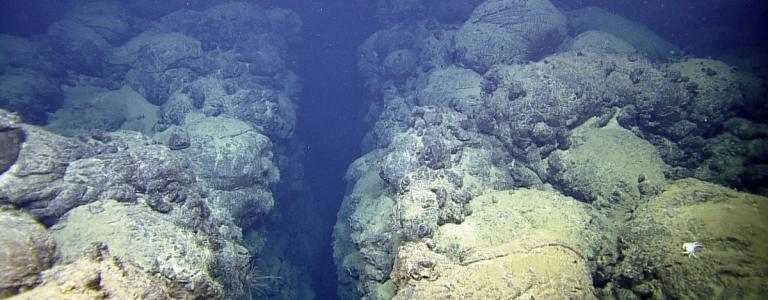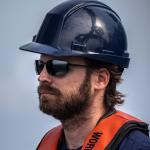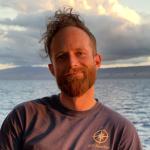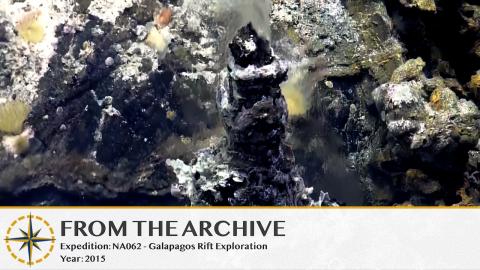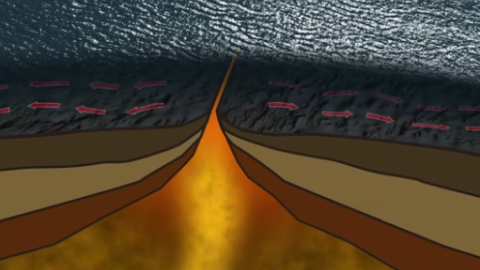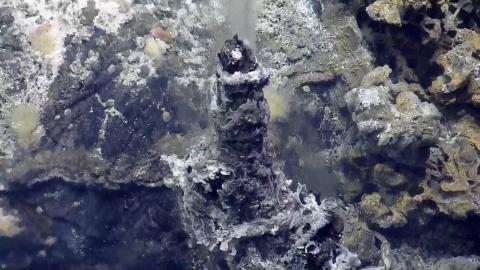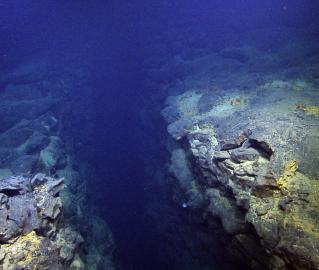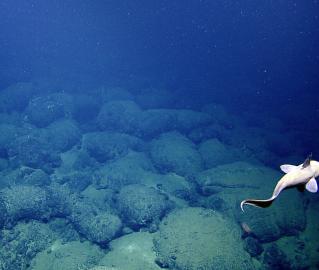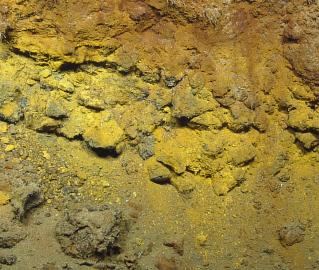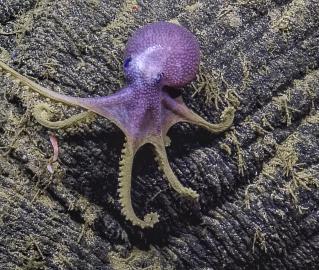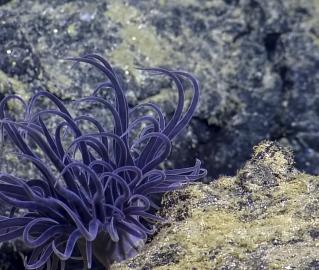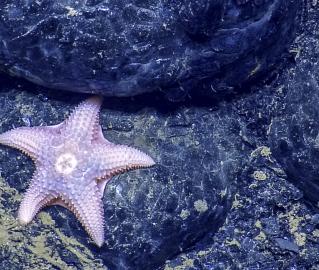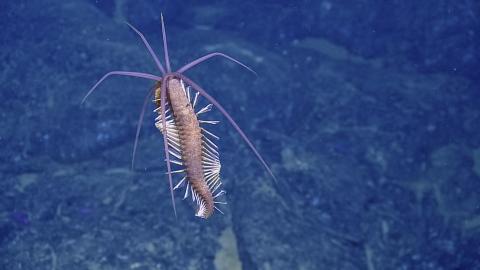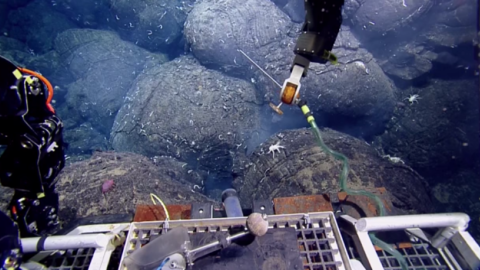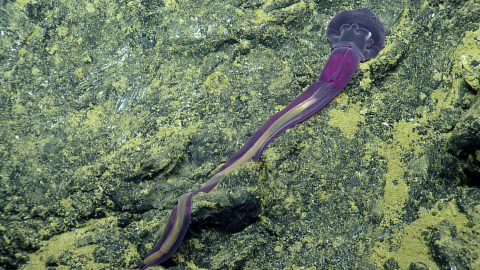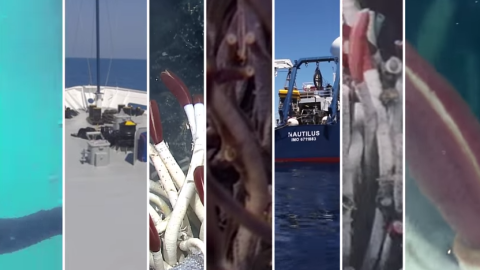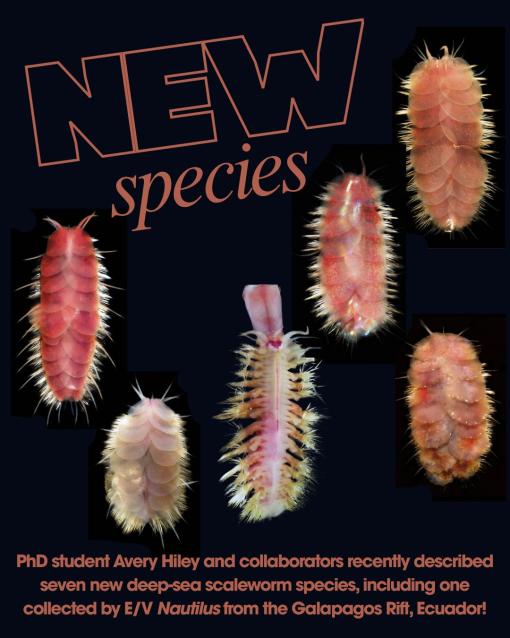The E/V Nautilus will spend several weeks exploring the Galapagos Rift region. The Galápagos Islands have been instrumental in the establishment of the biological theory of evolution, gaining insights to our knowledge of the chemistry of the Earth’s interior, and understanding the plate tectonic evolution of the eastern Pacific seafloor. In 1835 Charles Darwin visited the islands aboard the HMS Beagle and made fundamental biological and geological observations in the area. E/V Nautilus will return to the area with new tools to explore the undersea part of the islands that were out of Darwin’s view. The main objectives will be to explore the biological diversity and geological structure of the foundation of the Galapagos Islands and the adjacent deep-sea spreading center to the north.
The discovery of hydrothermal vents and chemosynthetic organisms in the volcanic ridges in the rift in 1977 was a revolutionary discovery in science that changed our understanding of life processes. For the first time, scientists found evidence that life could be sustained from chemicals coming out of the Earth’s crust, rather than the light of the sun. Chemosynthetic bacteria, which derive energy from seawater-rock interactions at the vent sites form the base of the food chain for a host of organisms including clams, mussels, and tubeworms. The early studies at the Rose Garden vent site provided the foundation for our understanding the complexities of chemosynthetic communities including details of symbiosis, competition, and displacement. We will revisit this historic site and others in the area.
The Galapagos archipelago is a group of volcanic islands lying about 900 km off the coast of Ecuador in the central eastern Pacific Ocean. They have formed as a result of a deep-seated mantle hotspot supplying excess magma to the seafloor in this region. The last recorded eruption occurred in 2009 from the La Cumbre volcano on the island of Fernandina. The Galapagos Rift is an east-west trending spreading center between the Cocos and Nazca plates. Here the Earth’s plates are moving apart at a rate of 5-6 cm per year, creating a 2-4 km wide rift valley in the seafloor.
In addition to hydrothermal vents, an important habitat for biological communities are the steep volcanic slopes of the Galapagos Islands and nearby seamounts. Deep sea corals can be large (in excess of several meters in height) and offer shelter and habitat space for many other associated organisms.
